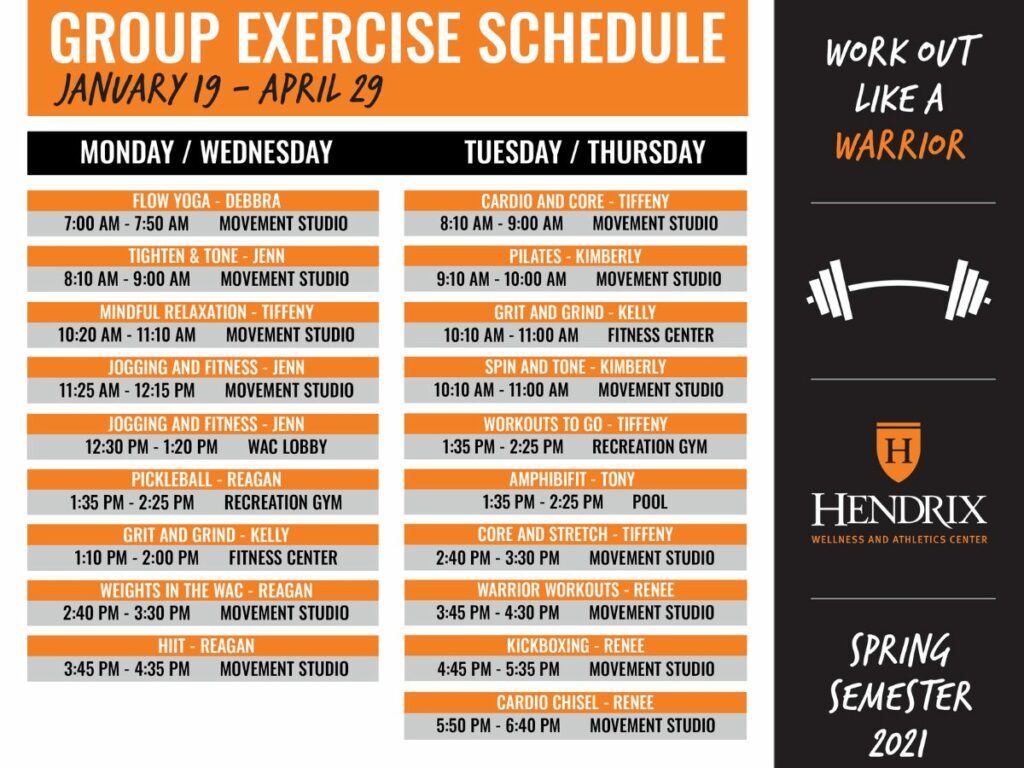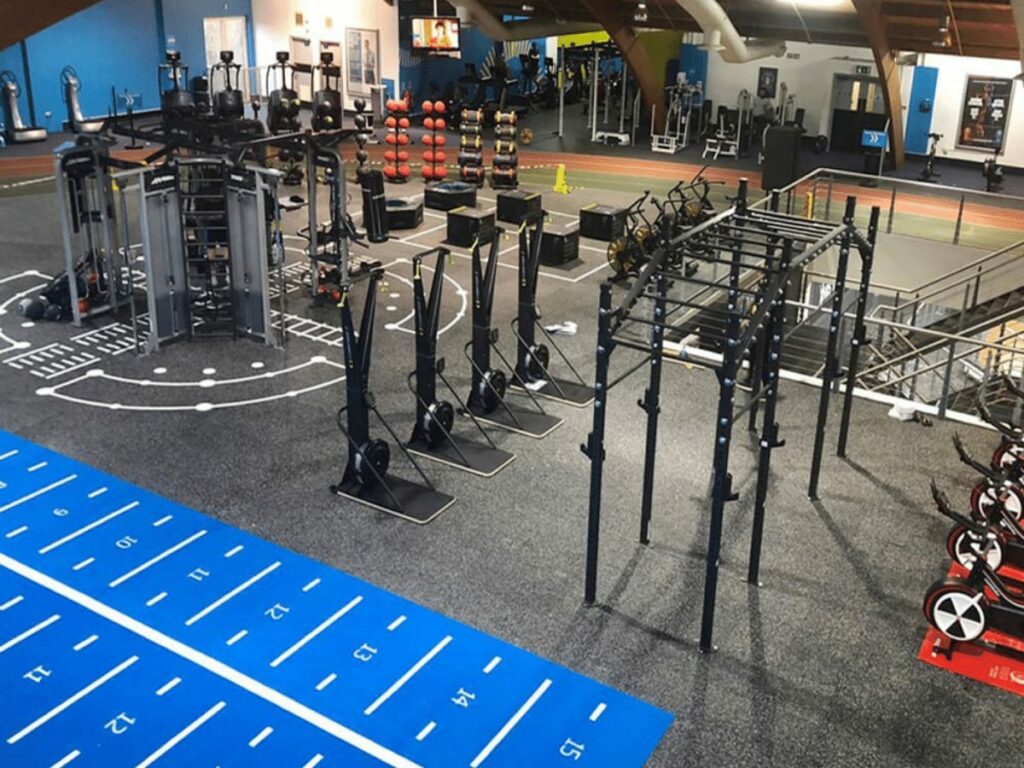Are you a gym owner seeking to unlock the formula for a successful fitness business? One of the fundamental questions you may have is, “How many members does my gym need to thrive?” While the answer isn’t a one-size-fits-all number, it’s about finding the right balance.
The success of a gym isn’t solely about having the highest number of members, but about maintaining a sustainable, engaged, and profitable membership base. In this blog, we delve into these aspects in detail, providing actionable insights to guide gym owners towards optimal success. Read on to unlock the path to a prosperous fitness business.
Table of Contents
1. Calculating the Optimal Member Base
The journey towards establishing the ideal member count begins with a systematic calculation process. Below are some facets to consider in the complex equation:
Physical Space and Equipment
The size of the gym and the available equipment are primary factors to consider. For example, a smaller, boutique-style gym might offer a personal, intimate experience and thus, would have a smaller member capacity than a large, multi-level facility. The number and type of equipment available directly influence the number of members the gym can comfortably accommodate without causing crowding or inconvenience.
Utilizing the 80/20 Rule
Often in the fitness industry, the Pareto Principle, or the 80/20 rule, tends to hold true. This principle suggests that approximately 20% of members are heavy users, attending the gym regularly, while 80% are lighter users, visiting sporadically. Factoring in this user behavior while calculating the ideal member base can help in managing resources effectively and avoiding overcrowding during peak hours.
Peak vs Off-Peak Trends
According to Perfect Gym, most gyms are packed in the early morning because for most people, it’s the only way to fit a workout into their daily work schedule. Understanding these usage patterns and calculating the maximum number of members the gym can accommodate during these periods is vital. Conversely, off-peak hours should also be analyzed, as these periods can potentially be utilized more efficiently.
Class Schedules
If the gym offers fitness classes, the size of these classes and the number of classes per day should be factored into the calculation. I highly suggest that it’s essential to ensure these classes are not overcrowded, as it can impact the overall member experience.

Staff Availability
The number of staff available, including trainers and support staff, should also be considered in determining the ideal member base. Having adequate staff is crucial to maintaining high service quality, member satisfaction, and smooth operations. If a gym is understaffed, it could lead to longer waiting times, reduced class offerings, and subpar service – all of which can negatively affect member retention.
Non-Peak Services
Some gyms may offer additional services that are not peak-dependent, such as personal training or specialized classes. The scheduling and demand for these services also impact the optimal member count, as they could attract members during off-peak hours and provide additional revenue streams.
2. Member Retention and Engagement
Maintaining a steady number of gym members isn’t just about bringing new faces through the door. It also involves keeping the existing members engaged and satisfied. Let’s explore six key considerations in this section:
Crafting a Community
Creating a sense of community can significantly boost member retention. Engaging activities like group fitness classes, member challenges, and social events can help members feel part of a supportive community, reducing attrition rates. Believe me, a cohesive community not only increases retention but can also act as a word-of-mouth marketing tool.
The table below highlights the effective strategies for crafting a strong community in a gym, including group fitness classes, member challenges, social events, community support, and member referral programs. Discover how these community-building initiatives enhance member retention, promote a positive gym atmosphere, and act as powerful word-of-mouth marketing tools, ultimately fostering a sense of belonging and loyalty among members.
| Community Building Strategies | Description |
| Group Fitness Classes | Offering group fitness classes fosters a sense of community as members exercise together, encouraging interaction, camaraderie, and shared experiences, which can enhance member retention and create a positive gym atmosphere. |
| Member Challenges and Competitions | Organizing member challenges, fitness competitions, or team-based activities encourages friendly competition, camaraderie, and a sense of achievement among members, promoting a cohesive community and motivating individuals to stay engaged with the gym. |
| Social Events and Gatherings | Hosting social events, such as member appreciation nights, holiday parties, or themed gatherings, provides opportunities for members to connect outside of workouts, fostering relationships, and strengthening the sense of community within the gym. |
| Community Support and Networking | Creating platforms or channels for community support, such as online forums, social media groups, or buddy systems, allows members to connect, share experiences, offer encouragement, and provide support to one another, building a supportive and inclusive community environment. |
| Member Spotlight and Recognition | Recognizing member achievements, progress, or milestones through member spotlights, shout-outs, or rewards acknowledges individual efforts and reinforces the sense of community, boosting member morale and motivation. |
| Volunteer and Charity Opportunities | Organizing volunteer activities or partnering with charitable organizations allows members to come together for a shared cause, strengthening community bonds, fostering a sense of purpose, and making a positive impact beyond the gym walls. |
| Member Referral Programs | Implementing member referral programs incentivizes members to invite friends, family, or colleagues to join the gym, leveraging the power of word-of-mouth marketing, and expanding the gym’s community while rewarding current members for their loyalty. |
| Communication and Feedback Channels | Establishing open communication channels, such as suggestion boxes, feedback surveys, or regular member meetings, encourages members to actively participate in shaping the gym’s community and provides a platform for their voices to be heard and valued. |
| Staff Engagement and Leadership | Engaging gym staff in community-building efforts, fostering a positive and welcoming environment, and providing leadership in community initiatives helps create a sense of unity and ensures consistent support and guidance for members within the gym. |
Providing Stellar Service
Exceptional customer service is crucial to retain members. This involves everything from cleanliness of the facilities, availability of equipment, to the competency and friendliness of the staff. Regular feedback from members and addressing their concerns proactively can significantly enhance service quality, thus increasing member satisfaction and retention.
Utilizing Technology
The effective use of technology can play a pivotal role in boosting member engagement. For example, digital platforms can be used for bookings, feedback, personalized fitness plans, progress tracking, and even virtual workouts. The integration of technology can enhance the member experience, thus driving engagement and retention.
Personalization and Flexibility
Offering personalized services and flexible membership plans can be a game-changer. At Yanre Fitness, we understand the importance of delivering personalized service. Our equipment is designed with functionality, and user experience in mind, ensuring that your gym members have a seamless and satisfying workout experience. This approach can make members feel valued and understood, contributing to long-term loyalty.
Regular Communication
Regular communication with members is essential to keep them engaged. Newsletters, social media interactions, or personalized emails can provide updates, fitness tips, and motivation. Consistent communication can help to build strong relationships with members, encouraging them to stay connected with the gym.
Implementing a Reward System
According to a research by Loyalty Lion, most people in today’s world (74%) admit that working towards a goal or reward makes them loyal. These could include points for attendance, referrals, or achieving fitness milestones, which can be redeemed for rewards like free merchandise, personal training sessions, or discounts on renewal. This approach can motivate members to stay active and committed to the gym.
3. Quantifying the ‘Ideal’ Number of Members for a Gym
Establishing the ‘Ideal’ number of members for a gym might seem challenging, but it’s achievable through careful consideration and strategizing. Here are the key steps to arrive at that optimal figure:
Revenue Needs
The starting point of this process should be a clear understanding of the gym’s revenue requirements. This involves assessing all costs, including rent, utilities, staff salaries, equipment, maintenance, and miscellaneous expenses. The total monthly revenue required to cover these costs can provide an initial estimate of the number of members needed, based on the average revenue per member.
Revenue Streams
A gym’s revenue streams extend beyond membership fees. Personal training sessions, sales of supplements and fitness gear, rental of space for events, and other ancillary services contribute to the overall revenue. Understanding the proportion of total revenue derived from these sources can help refine the estimate of the ‘ideal’ number of members.
Capacity Constraints
Capacity constraints, both physical (space, equipment) and service-oriented (staff, class schedules), should inform the upper limit for the number of members. Overcrowding can negatively impact the member experience, leading to increased churn rates. Thus, the ‘ideal’ number must consider capacity constraints to ensure a balance between member satisfaction and profitability.
Market Demographics
Local market demographics should also be factored into the calculation. The population size, age distribution, income levels, and fitness interests of the local community can give insights into the potential member base. If the local market is small or not particularly fitness-oriented, the ‘ideal’ number of members may need to be scaled down.
Member Retention Rates
Member retention rates can provide insights into how sustainable the current member base is. Remember, if retention rates are low, it may indicate dissatisfaction among members, suggesting a need to reassess member experiences or service quality before focusing on expanding the member base.
Growth Plans
Finally, future growth plans should be factored into the ‘ideal’ number. If expansion is in the cards, whether through enlarging the facility or adding new services, the ‘ideal’ member count will need to accommodate these changes. This approach ensures that growth plans are sustainable and aligned with the gym’s capacity and service quality.
4. Strategies to Attract and Retain Members
Attracting and retaining members is an art that requires continuous learning and innovation. Here are several strategies to keep in mind:
Unique Value Propositions
Differentiating the gym’s offerings can help attract new members. This could be in the form of unique fitness classes, state-of-the-art equipment, or exclusive wellness services. The solution is, by offering something different, the gym can stand out in a saturated market, attracting those who are looking for a unique fitness experience.
Exceptional Customer Experience
Providing a top-notch customer experience can be the difference between a one-time visit and a long-term membership. This goes beyond the usual scope of service and involves creating a welcoming, inclusive atmosphere, maintaining spotless facilities, offering convenient booking systems, and having highly trained, approachable staff.
Referral Programs
Referral programs can be an effective strategy to attract new members. Offering incentives for existing members to bring in friends or family not only brings in new faces but also builds a sense of community within the gym. Trust me, it’s a win-win situation for both the gym and the members.

Flexible Membership Packages
Offering flexible membership packages that cater to diverse needs and budgets can attract a broader range of members. This could involve off-peak memberships, short-term contracts, corporate packages, or discounted student memberships. The more flexible the options, the wider the potential member base.
Engaging in Community Events
Participation in local community events, sponsorships, or partnerships can raise the gym’s profile, attracting potential members. Hosting wellness workshops, charity fitness challenges, or school fitness days can show the gym’s commitment to the local community, thereby boosting its reputation.
Digital Marketing
Digital marketing, through social media, search engine optimization, content marketing, and online advertisements, can help reach a wider audience. Sharing engaging content, such as workout tips, success stories, and live workout sessions, can attract potential members and keep existing ones engaged. This online presence can also provide an opportunity for two-way communication, enhancing relationships with members.
5. Factors Affecting the Number of Members Needed
The ideal member base is not a static number but one that varies based on several influencing factors. Here are the most critical aspects to consider:
#1 Size and Capacity of the Gym
The physical size of the gym directly impacts the number of members it can comfortably accommodate. A larger gym can handle more members while maintaining an optimal workout environment. Similarly, the number and variety of equipment, along with space for group activities or classes, factor into this capacity.

#2 Cost Structure
The process of opening a gym involves considering various factors. The cost structure of running the gym, including fixed costs like rent and utilities, as well as variable costs like staff salaries, equipment maintenance, and marketing, play a significant role in determining the necessary member base. A higher cost structure would necessitate a larger member base or higher revenue per member to sustain profitability.
#3 Revenue Streams
Revenue streams can vary widely across gyms, with some relying heavily on membership fees, while others generate substantial income from ancillary services like personal training, wellness workshops, or retail sales of fitness products. A diversified revenue stream can help maintain profitability even with a smaller member base.
#4 Landscape and Local Demographics
The competitive landscape, such as the presence of other fitness facilities in the area, along with local demographics, such as population size, age distribution, and income levels, also significantly influence the ideal member base. A highly competitive environment or a smaller local market might necessitate more aggressive member attraction and retention strategies.
#5 Membership Lifecycles
A consideration often overlooked is the lifecycle of memberships. Many gyms see a surge in memberships at specific times of the year, like around New Year or before the summer season, followed by a gradual drop-off. Understanding and managing these lifecycle patterns can help stabilize member numbers throughout the year, ensuring consistent revenue.
#6 Facility Expansion or Upgrade Plans
With a successful upgrade or expansion, businesses have the opportunity to attract more members and potentially surpass the ‘ideal’ member base. To support your gym’s expansion or upgrade plans, turn to Yanre Fitness, a reputable gym equipment manufacturer. Our diverse range of high-quality and innovative equipment can complement the facility’s growth and elevate the fitness experience for both existing and new members.
Conclusion
Determining the ‘ideal’ number of members for a gym is a multifaceted process that requires careful consideration of various factors. It’s a delicate balance between how to manage a gym, maintaining profitability, ensuring member satisfaction, and aligning with growth plans.
However, with the insights presented in this blog post, gym owners are better equipped to navigate this complexity, thereby paving the way for sustainable success. Trust Yanre Fitness, a leading gym equipment manufacturer, to provide quality, durable, and state-of-the-art fitness equipment that will enhance your gym’s appeal. Contact us today and take the first step towards building a successful gym together.
Related articles:








